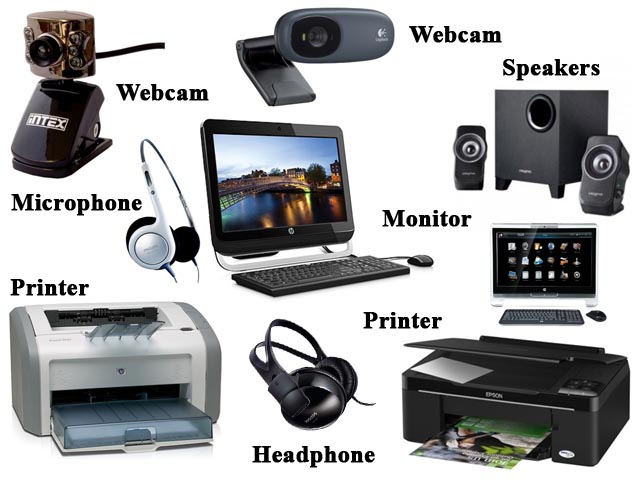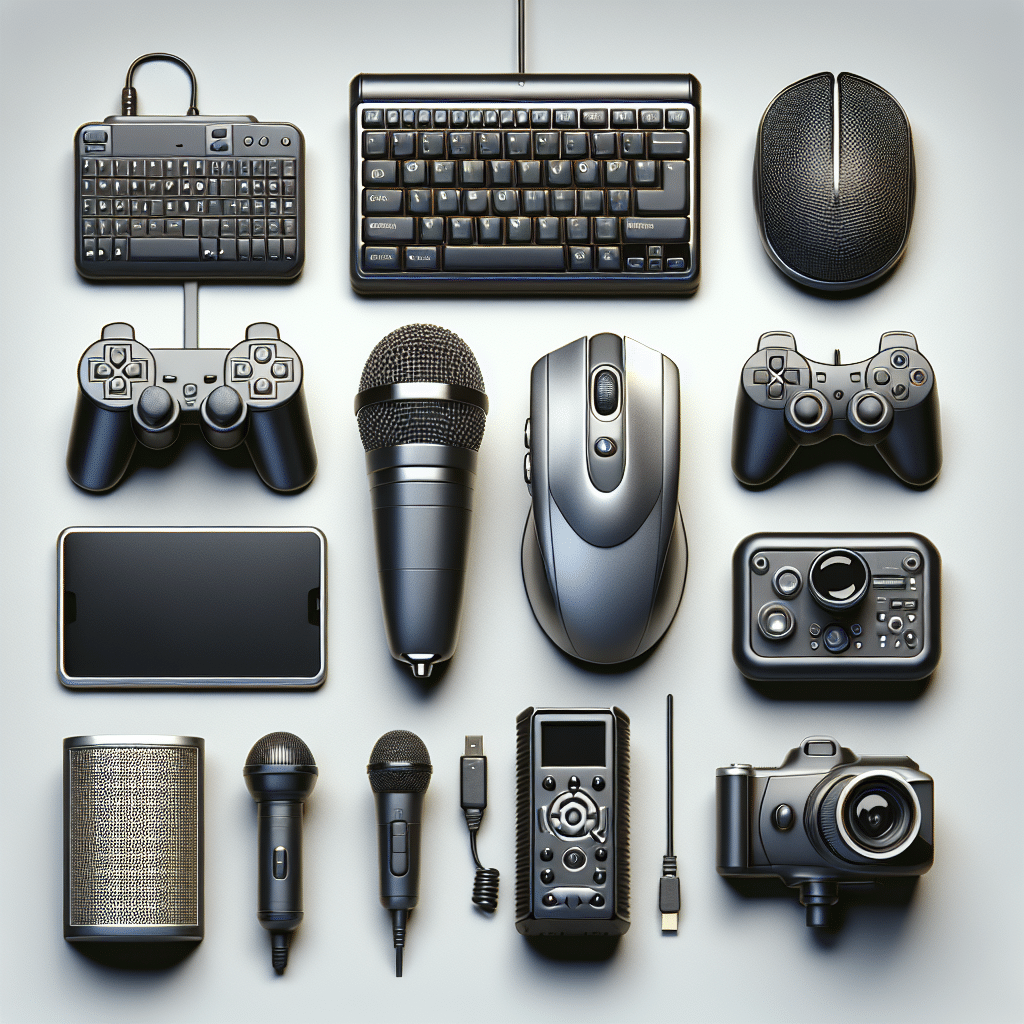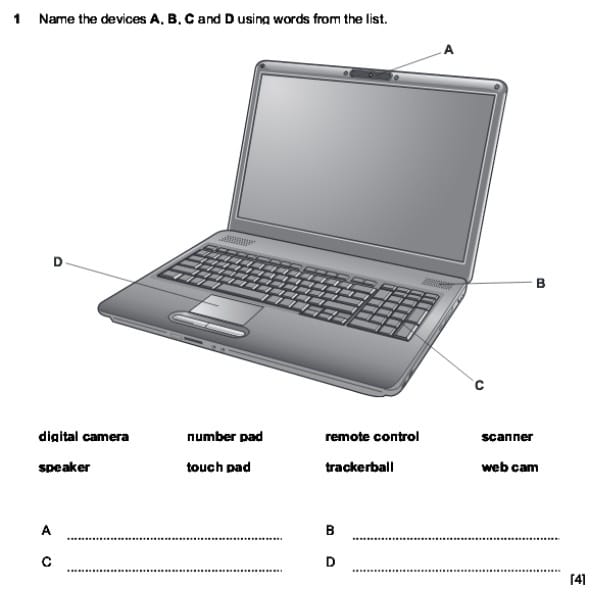
IGCSE ICT Chapter 2
Input & Output devices
This page will cover Chapter 2 of the IGCSE ICT syllabus by explaining different types of input and output devices. Read the syllabus below to get a better understanding of what aspects of the course you need to understand for this unit. You can then read more about the theory further down. If you need teaching resources, click here to skip to them.
What the syllabus says you need to know for this chapter
- identify the following input devices:keyboards,
- numeric keypads,
- pointing devices (including mouse, touch pad and tracker ball),
- remote controls,
- joysticks,
- touch screens,
- graphics tablet,
- magnetic stripe readers, chip readers, PIN pads,
- digital cameras, video cameras,
- webcams,
- scanners,
- microphones,
- sensors,
- MICR, OMR, OCR, barcode readers,
- light pens;
- identify suitable uses of the input devices stating the advantages and disadvantages of each;
- identify the following output devices: monitors (CRT, TFT),
- printers (laser, inkjet and dot matrix),
- plotters,
- speakers,
- control devices (motors, buzzers, lights, heaters);
- identify suitable uses of the output devices stating the advantages and disadvantages of each.

Teaching Resources
Restricted
You must be logged in with a premium account to view this content. Click here to visit our shop.

Input Devices
Definition:
Input devices are hardware components that allow users to enter data or commands into a computer system. They serve as the bridge between the user and the computer, enabling interaction and data collection.
Common Examples and Uses:
| Input Device | Typical Use Case |
|---|---|
| Keyboard | Entering text, commands, and data |
| Numeric Keypad | Inputting numbers quickly, e.g., ATMS, calculators |
| Mouse | Navigating GUIs, selecting, dragging, and dropping |
| Touchpad/Trackpad | Laptop navigation |
| Tracker Ball | Alternative pointing device, useful for accessibility |
| Joystick/Driving Wheel | Navigating GUIS, selecting, dragging, and dropping |
| Touch Screen | Smartphones, tablets, kiosks |
| Graphics Tablet | Digital drawing and design |
| Scanner (2D/3D) | Digitising documents, images, and objects |
| Digital Camera/Webcam | Capturing photos and videos |
| Microphone | Recording audio, voice commands |
| Sensors | Measuring temperature, light, humidity, etc. |
| Magnetic Stripe Reader | Reading bank cards, ID cards |
| Chip and PIN Reader | Secure payment transactions |
| Barcode/QR Code Reader | Retail, inventory management |
| OMR/OCR | Automated exam marking, digitizing printed text |
| Light Pen | Drawing directly on screens |
| Automated exam marking, digitising printed text | Operating devices from a distance |
Special Considerations:
- Accessibility: Devices like microphones, touchscreens, and eye trackers enable users with physical disabilities to interact with computers.
- Direct Data Entry: Devices such as barcode readers, OMR, and OCR automate data input, reducing human error and increasing efficiency.
- Analogue Inputs: Sensors and microphones often require an Analogue-to-Digital Converter (ADC) to translate real-world signals into digital data that the computer can process.
Output Devices
Definition:
Output devices are hardware components that receive processed data from a computer and present it in a form understandable to the user, such as visual, audio, or physical output.
Common Examples and Uses:
| Output Device | Typical Use Case |
|---|---|
| Monitor (CRT, TFT) | Displaying text, images, videos |
| Multimedia Projector | Enlarging computer display for presentations |
| Printer (Laser, Inkjet, Dot Matrix) | Producing hard copies of documents, photos |
| Plotter | Printing large-scale graphics, architectural blueprints |
| 3D Printer | Creating physical models from digital designs |
| Speaker | Outputting sound, music, alerts |
| Actuator (Motor, Buzzer, Light, Heater) | Controlling machines and environments |
| Touch Screen | Can serve as both input and output device |
Special Considerations:
- Suitability: The choice of output device depends on the required output format (e.g., visual, audio, physical).
- Control Devices: Actuators are used in automated systems to perform real-world actions, such as opening doors or switching on lights.
- Accessibility: Speakers and screen readers assist visually impaired users by converting text to speech.
Key Differences and Relationships
| Feature | Input Devices | Output Devices |
|---|---|---|
| Function | Send data/commands to the computer | Communicate processed data to the user |
| Direction of Data | User → Computer | Computer → User |
| Examples | Keyboard, mouse, scanner, microphone | Monitor, printer, speaker, actuator |

Exam Questions


TIP: If you cannot read the questions well, open them in new tabs in your browser to be able to zoom in closer.

